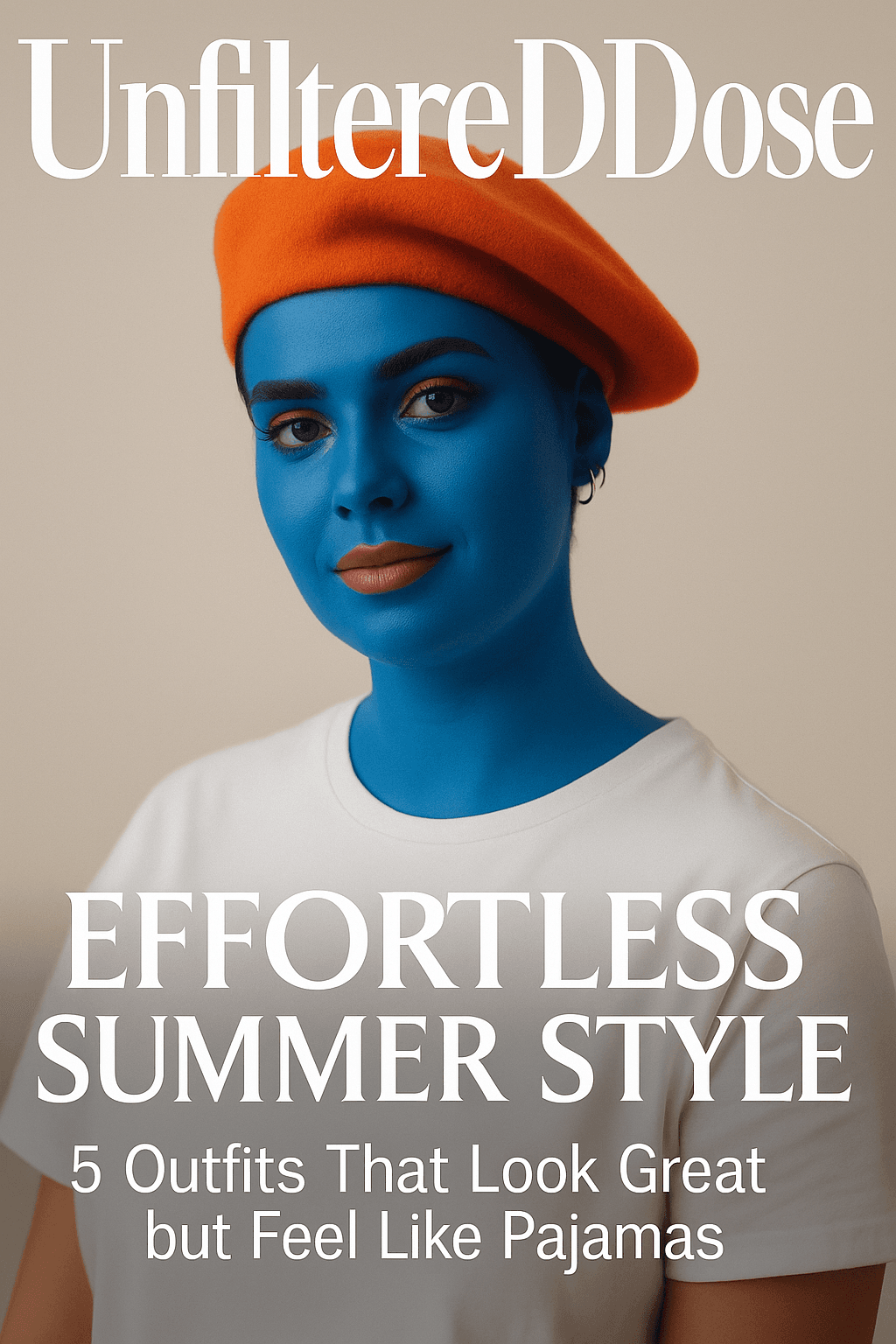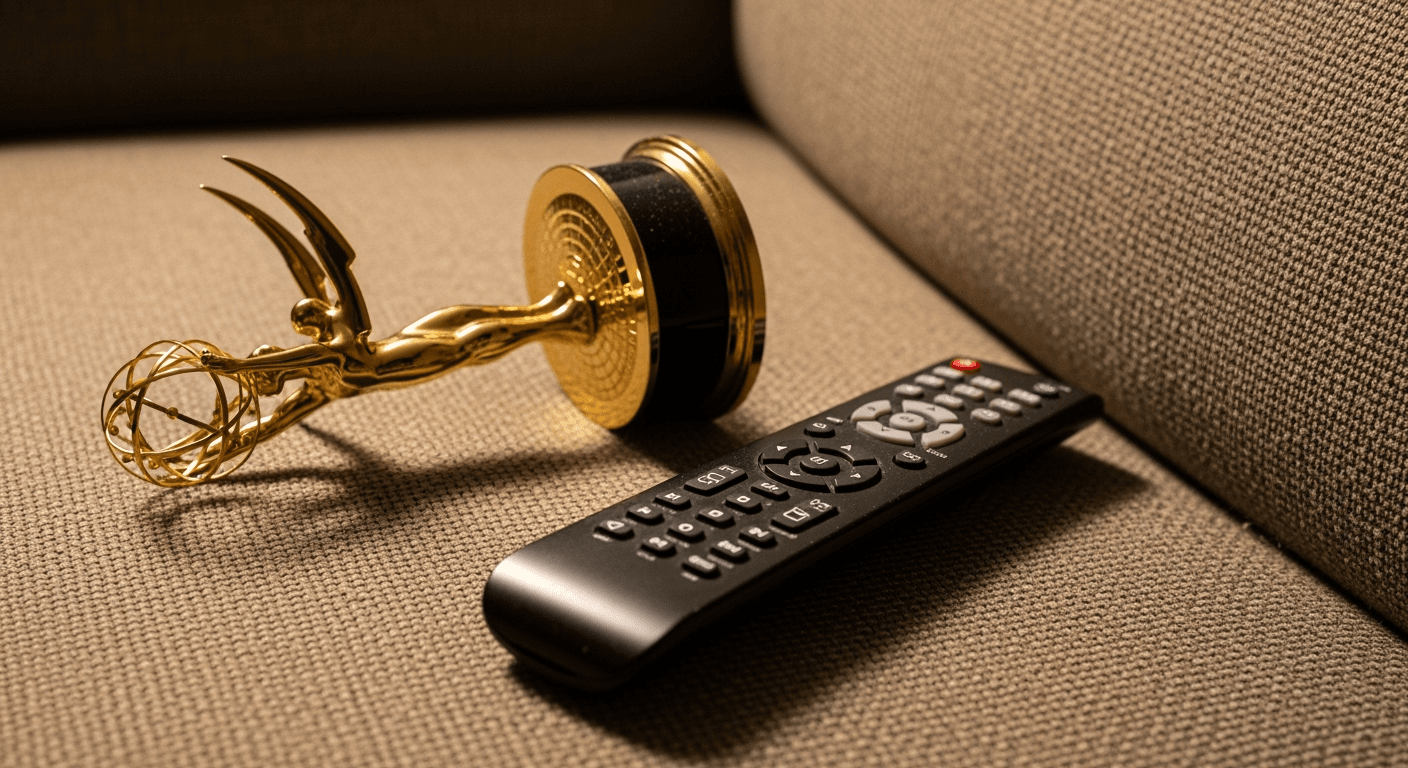How to Make a Balloon Animal Dog: A Beginner’s Guide
Learning How to Make Balloon Animals, specifically a balloon dog, represents one of the most accessible Party Tricks for entertaining children and mastering the fundamentals of Balloon Twisting. This Beginner’s Guide breaks down the essential techniques needed to create your first balloon animal dog, making it perfect for Kids Parties and building confidence in balloon artistry.
Key Takeaways
- Use a 260-size balloon with a 2-inch uninflated tail to prevent popping during twisting
- Master the lock twist technique – the most essential skill for securing balloon segments
- Follow specific segment sizes: 2-inch snout, 1-inch ears, and 3-inch neck, legs, and body
- Practice with a hand pump for easier inflation and consistent results
- Adjust segment proportions to create different animals like dachshunds or giraffes
Essential Materials for Your First Balloon Dog
Starting your balloon twisting journey requires the right supplies for success. The 260-size balloon serves as the industry standard for balloon animals, measuring approximately 2 inches in diameter and 60 inches in length when fully inflated. This specific size offers the perfect balance of flexibility and length that beginners need to learn basic twists and create recognizable animal forms.
I recommend gathering these essential materials before you begin:
- One 260-size balloon in your preferred color
- A hand balloon pump for easier inflation
- Permanent marker for adding facial features (optional)
- Extra balloons for practice attempts
The hand pump proves especially valuable for beginners because inflating long twisting balloons by mouth can be challenging and potentially unsafe. Quality balloons make a significant difference in your success rate, so invest in fresh, high-quality balloons rather than older ones that may burst more easily during twisting.
Simple Step-by-Step Balloon Dog Instructions
Creating your first balloon dog follows a straightforward sequence of twists and locks. Begin by inflating your 260 balloon, leaving approximately 2 inches uninflated at the end – this tail space allows air to shift during twisting without causing the balloon to burst.
Follow these precise steps for consistent results:
- Tie a secure knot at the nozzle end
- Create a 2-inch twist for the snout at the knotted end
- Twist two 1-inch bubbles for the ears and lock them together
- Make three 3-inch bubbles for the neck and front legs, locking the legs
- Form three final 3-inch bubbles for the body and back legs, securing the legs together
- Leave the remaining balloon as the tail
Each segment requires firm pressure while twisting to maintain its shape. The key lies in holding each twist securely until you complete the lock twist that keeps everything in place. Similar to creating origami, precision in each step determines your final result.
Master the Lock Twist Technique
The lock twist forms the foundation of successful balloon twisting and prevents your carefully crafted segments from unraveling. This technique involves twisting two adjacent bubbles together to create a secure connection that won’t come undone during handling.
To execute a proper lock twist, hold the balloon firmly at the twist points and rotate the bubbles around each other at least three times. The bubbles should feel locked in position when you release them. Practice this motion repeatedly before attempting your full balloon dog, as mastering this technique determines whether your creation holds together or falls apart.
Never rush the lock twist process – taking time to secure each connection properly saves frustration later. If a twist comes undone, simply re-twist the segment and apply the lock twist technique again with more rotations.
Pro Tips for Balloon Twisting Success
Successful balloon twisting relies on preparation, technique, and patience. Always check your balloon’s freshness before beginning, as older balloons become brittle and prone to breaking under pressure. Store your balloons in a cool, dry place away from sharp objects and direct sunlight.
Consider these professional techniques for better results:
- Warm the balloon slightly by stretching it before inflation
- Keep segment sizes consistent by measuring against your fingers
- Work in a space free from sharp edges or rough surfaces
- Have backup balloons ready for practice attempts
Drawing facial features with a permanent marker adds personality to your balloon dog and helps disguise minor imperfections in your twisting technique. This creative touch transforms a simple twisted balloon into a recognizable character that delights children and adults alike. These skills complement other creative activities like STEM projects for kids.
Troubleshooting Common Balloon Dog Mistakes
Even experienced balloon artists encounter challenges, so don’t feel discouraged by initial setbacks. The most common mistake involves insufficient tail space, which causes balloons to pop as air pressure builds during twisting. Always leave at least 2 inches of uninflated balloon at the end.
Address these frequent issues with targeted solutions:
- Uneven segments: Measure each bubble against consistent reference points
- Loose twists: Increase rotation count and apply more pressure during lock twists
- Frequent popping: Check balloon quality and reduce inflation pressure slightly
- Lopsided appearance: Maintain consistent segment sizes throughout the process
Poor-quality balloons often cause frustration for beginners, leading to multiple failures that discourage continued practice. Invest in professional-grade balloons from reputable suppliers to minimize technical difficulties and focus on developing your skills. According to The Spruce Crafts, consistent practice with quality materials significantly improves success rates.
Creative Variations to Try Next
Once you’ve mastered the basic balloon dog, experiment with different proportions to create entirely new animals. Extending the neck segment and using a yellow balloon produces an instant giraffe variation, while shortening the legs and lengthening the body creates a charming dachshund.
Explore these creative modifications for expanded repertoire:
- Horse: Make longer legs and a fuller body with larger segments
- Puppy: Create smaller overall proportions with 1.5-inch segments
- Poodle: Add extra small bubbles for a fluffy appearance
- Greyhound: Extend the body length while keeping legs proportional
Color selection opens additional creative possibilities – use brown balloons for realistic dogs, bright colors for fantasy creatures, or multiple balloons to add accessories like collars or leashes. These variations help develop your artistic skills while building confidence for more complex balloon sculptures. The creativity involved mirrors the precision needed for projects like paper airplane construction.
Advanced practitioners often combine multiple balloons to create detailed scenes or add props that enhance the overall presentation. Start simple with single-balloon animals, then gradually incorporate additional elements as your skills develop.
Sources
news via inbox
Get our best unfiltered stories and boldest ideas delivered straight to your inbox.






